I’ve worked on quite a few of these watches over the years but never written about one, so let’s have a look at this Favre-Leuba Twin Power.
(Click pictures to enlarge)
With one of the longest histories in watchmaking, dating back to 1737, Favre-Leuba introduced some interesting technical innovations into their watches and especially so during the 1960’s. During that decade they produced the first watch with a built in altimeter, the Bivouac, a depth meter in their Bathy diver and they were among the first companies to produce in-house high-beat calibres for their Deep Blue divers and Sea Raider models. (I’ve written about the latter two watches in the past, click here and here respectively if you would like to read about them.)
The watch in this post, although quite plain compared to some of the recent watches on the blog has enough going on inside to deserve a mention.
Inside is a Favre-Leuba cal. 259, a 17 jewel, in-house, manually wound calibre with a beat rate of 18,000 bph. Derived from the FL cal. 251 which was first introduced in 1962, the cal. 259 featured some technical improvements and also added a date function.
What makes this calibre interesting and gives it its “Twin Power” moniker is that is has not one but two mainspring barrels. While two mainspring barrels isn’t that unusual these days, they are often placed in serial to significantly increase the power reserve of a manually wound watch. The Nomos Lambda is one such example that comes to mind, a manually wound watch with a power reserve of 84hrs (3.5 days).
What made the Favre-Leuba calibre unique in 1962 was that it placed the mainspring barrels in parallel, meaning that both barrels were wound simultaneously and both provided power to the centre wheel. With the winding bridge removed you can see that both barrels transfer their power to the centre wheel via an intermediate wheel mounted on the mainplate.
The benefit of this method is that drive is balanced between the two barrels, ironing out any power fluctuations which results in a more constant power delivery through to the escapement and a more stable rate.
A secondary benefit is that as each mainspring only needs to deliver half of the power required it is much thinner and can therefore be longer, resulting in a power reserve of 50hrs which was more than most watches were offering in the early 1960’s.
Here is a picture of the two barrels and springs when disassembled. Interestingly, the design of the barrel unifies the barrel arbor and ratchet wheel into one part so both parts reside underneath the winding bridge resulting in a thinner calibre (3.1mm) and an uncluttered aesthetic.
As the barrel design has no cover, additional care must be taken when greasing the mainsprings on these calibres as any excess could creep out and contaminate the rest of the movement.
The underside of the winding bridge has the click spring and three intermediate winding wheels mounted onto it to allow both barrels to be wound from the crown simultaneously.
Though the watch was in decent cosmetic condition on arrival it was a poor runner and had a problem with the date function. When looking over the movement I spotted that there were some marks on the train bridge and under the microscope this is what I found…
A service mark from February 1991. You often see service marks scratched into the caseback which is bad enough but why any watchmaker would do that directly onto a bridge I’ve got no idea…. if this was horological X-Factor it would get three “No’s” from three me’s!
The date issue was resolved with a new jumper spring and rest of the service was straight forward, so with the dial, hands and case cleaned and the crystal polished, the watch could be rebuilt.
Although not specifically branded in this case these watches can often be found with Twin Power engraved onto the movement and/or printed on the lower half of the dial. Twin power movements can often be found in Favre-Leuba’s Sea King and Sea Chief models too.
However, care must be taken when buying any of these models as they were made in significant numbers and now seem to be popular with sellers in India or SE Asia who reprint the dials (often in lurid colours) in an attempt to freshen up what are in truth tired examples. Sadly this practice has somewhat tarnished the reputation of the brand, but with care all original examples can still be found.
… and finally, since the rebirth of Favre-Leuba in 2006, an updated version of the Twin Power calibre has been developed, the cal. FL-401 which debuted in 2009. I use the term “updated” loosely in this case as the only thing it shares with the original is the parallel twin barrel concept. The new calibre runs at 36,000bph and has a power reserve of 8 days (192 hrs) which is quite an upgrade on the original.
Rich.
** Many thanks to Tony Wright for letting me feature his watch on the blog. **

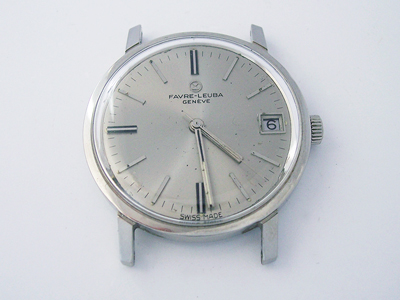
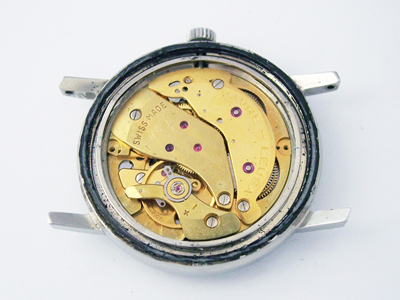
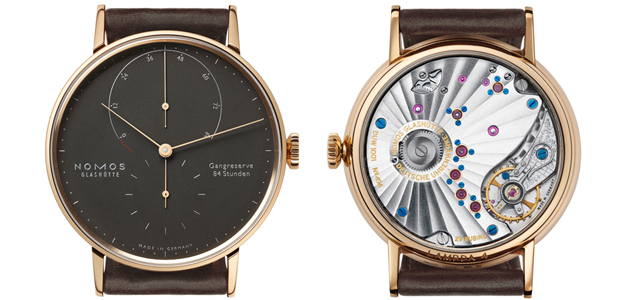
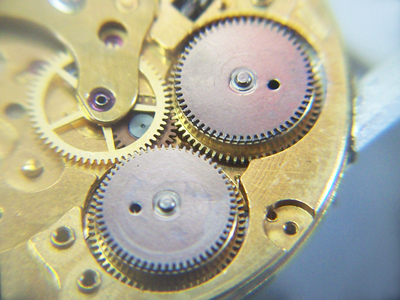
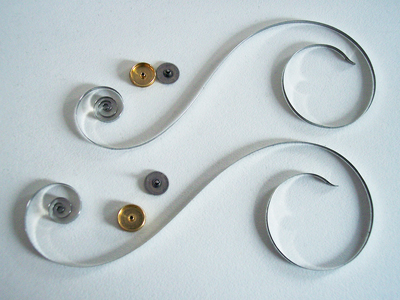
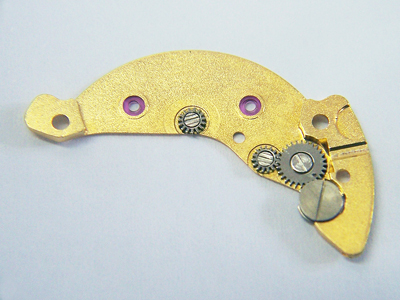
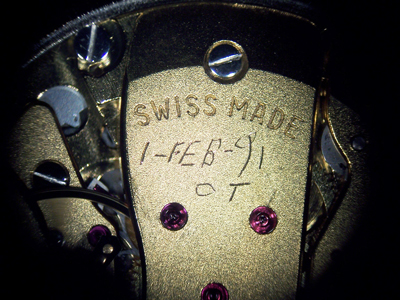
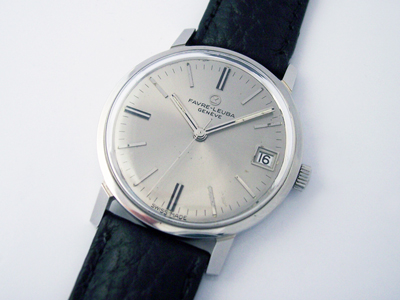
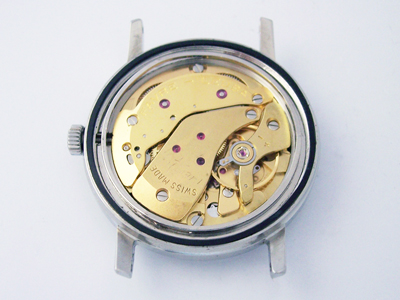
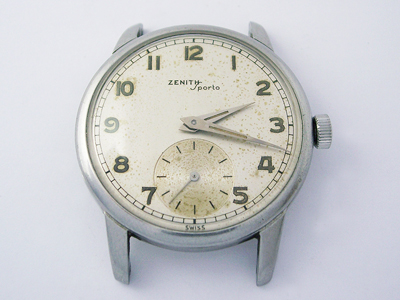
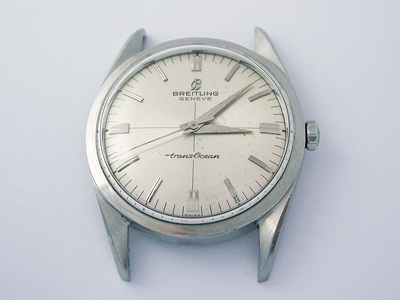
Very interesting blog I have a Fabre Leuba Cal 259 in my collection which runs well but I don’t think power reserve is 50 hours can this watch be altered to single mainspring as I don’t know history of watch Thank you very much for your information Richard
Tutto interessantissimo grazie grazie grazie